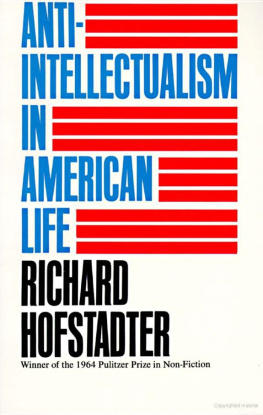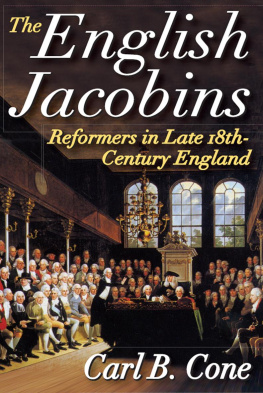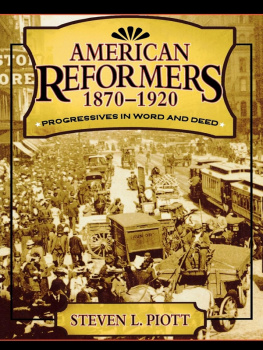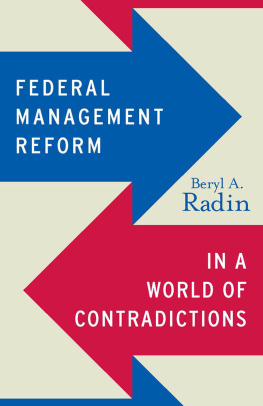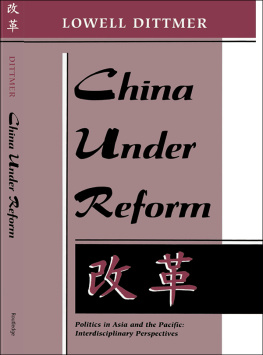Richard Hofstadter - The Age of Reform
Here you can read online Richard Hofstadter - The Age of Reform full text of the book (entire story) in english for free. Download pdf and epub, get meaning, cover and reviews about this ebook. year: 1960, publisher: Vintage, genre: Politics. Description of the work, (preface) as well as reviews are available. Best literature library LitArk.com created for fans of good reading and offers a wide selection of genres:
Romance novel
Science fiction
Adventure
Detective
Science
History
Home and family
Prose
Art
Politics
Computer
Non-fiction
Religion
Business
Children
Humor
Choose a favorite category and find really read worthwhile books. Enjoy immersion in the world of imagination, feel the emotions of the characters or learn something new for yourself, make an fascinating discovery.

- Book:The Age of Reform
- Author:
- Publisher:Vintage
- Genre:
- Year:1960
- Rating:4 / 5
- Favourites:Add to favourites
- Your mark:
- 80
- 1
- 2
- 3
- 4
- 5
The Age of Reform: summary, description and annotation
We offer to read an annotation, description, summary or preface (depends on what the author of the book "The Age of Reform" wrote himself). If you haven't found the necessary information about the book — write in the comments, we will try to find it.
Winner of the Pulitzer Prize.
The Age of Reform — read online for free the complete book (whole text) full work
Below is the text of the book, divided by pages. System saving the place of the last page read, allows you to conveniently read the book "The Age of Reform" online for free, without having to search again every time where you left off. Put a bookmark, and you can go to the page where you finished reading at any time.
Font size:
Interval:
Bookmark:
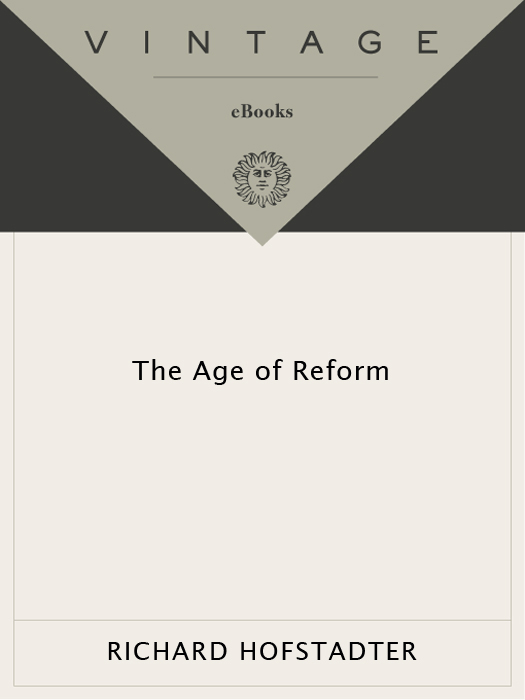
TO
Beatrice
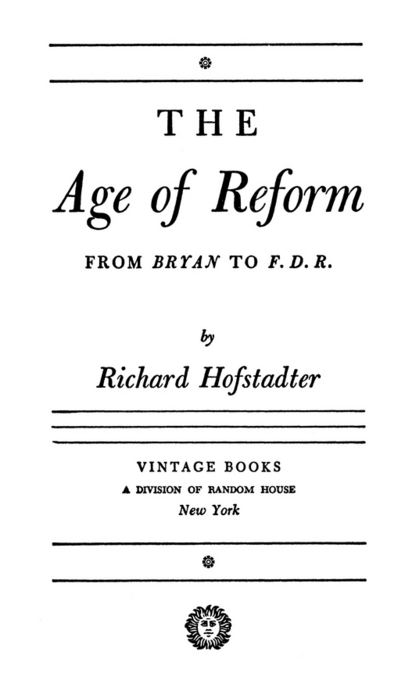
L. C. catalog card number: 54-7206
R ICHARD H OFSTADTER , 1955
Copyright 1955 by R ICHARD H OFSTADTER . All rights reserved. No part of this book may be reproduced in any form without permission in writing from the publisher, except by a reviewer who may quote brief passages in a review to be printed in a magazine or newspaper.
eISBN: 978-0-307-80964-3
v3.1

Just as the cycle of American history running from the Civil War to the 1890s can be thought of chiefly as a period of industrial and continental expansion and political conservatism, so the age that has just passed, running from about 1890 to the second World War, can be considered an age of reform. The surge of reform, though largely turned back in the 1890s and temporarily reversed in the 1920s, has set the tone of American politics for the greater part of the twentieth century. The reform movements of the past sixty-five years fall readily into three main episodes, the first two of which are almost continuous with each other: the agrarian uprising that found its most intense expression in the Populism of the 1890s and the Bryan campaign of 1896; the Progressive movement, which extended from about 1900 to 1914; and the New Deal, whose dynamic phase was concentrated in a few years of the 1930s.
This book has been inspired not by a desire to retell the familiar story of the primary movements of reform in the United States since 1890, but by the need for a new analysis from the perspective of our own time. My first interest was in the period from 1890 to the beginning of the first World War, but the more I worked upon the problems of that period, the more it was impressed upon me that its character could be far better understood if it was briefly compared and contrasted with the New Deal. Hence I have added a final chapter, which should not be taken as a full exploration of that relationship. Today we are more remote in time from the first inaugural address of Franklin D. Roosevelt than Roosevelt himself was on March 4, 1933, from the first inaugural address of Woodrow Wilson. As we begin to view the New Deal in more ample perspective, even the reforms that preceded it take on new meanings. We are now in a position to see things we have not hitherto seen, and to realize the importance of things that once seemed incidental.
Our conception of Populism and Progressivism has in fact been intimately bound up with the New Deal experience. The Populist-Progressive age came to an end only with the first World War, and by the time we began to get serious histories of that age, we had been plunged into a new phase of reform brought about by the Great Depression. The views, therefore, of Populism and Progressivism that one finds in histories written during and shortly after the New Deal era bear inevitably the stamp of this second wave of reform. This is not merely to say that they were usually sympathetic, but that they were pervaded by the assumption that in some way the New Deal was both an analogue and a lineal descendant of the Populist-Progressive tradition, an assumption which is by no means totally false but which tends none the less to direct our attention away from essential differences and hence seriously to distort the character of our history. I have been at some pains to emphasize these differences.
I should perhaps explain the unusually broad sense in which I use the terms Populism and Progressivism. By Populism I do not mean only the Peoples (or Populist) Party of the 1890s; for I consider the Populist Party to be merely a heightened expression, at a particular moment of time, of a kind of popular impulse that is endemic in American political culture. Long before the rebellion of the 1890s one can observe a larger trend of thought, stemming from the time of Andrew Jackson, and crystallizing after the Civil War in the Greenback, Granger, and anti-monopoly movements, that expressed the discontents of a great many farmers and businessmen with the economic changes of the late nineteenth century. The Populist spirit captured the Democratic Party in 1896, and continued to play an important part in the politics of the Progressive era. While its special association with agrarian reforms has now become attenuated, I believe that Populist thinking has survived in our own time, partly as an undercurrent of provincial resentments, popular and democratic rebelliousness and suspiciousness, and nativism.
Similarly, by Progressivism I mean something more than the Progressive (or Bull Moose) Party formed by the Republican insurgents who supported Theodore Roosevelt for the presidency in 1912. I mean rather that broader impulse toward criticism and change that was everywhere so conspicuous after 1900, when the already forceful stream of agrarian discontent was enlarged and redirected by the growing enthusiasm of middle-class people for social and economic reform. As all observant contemporaries realized, Progressivism in this larger sense was not confined to the Progressive Party but affected in a striking way all the major and minor parties and the whole tone of American political life. It was, to be sure, a rather vague and not altogether cohesive or consistent movement, but this was probably the secret of its considerable successes, as well as of its failures. While Progressivism would have been impossible without the impetus given by certain social grievances, it was not nearly so much the movement of any social class, or coalition of classes, against a particular class or group as it was a rather widespread and remarkably good-natured effort of the greater part of society to achieve some not very clearly specified self-reformation. Its general theme was the effort to restore a type of economic individualism and political democracy that was widely believed to have existed earlier in America and to have been destroyed by the great corporation and the corrupt political machine; and with that restoration to bring back a kind of morality and civic purity that was also believed to have been lost.
The center of attention in these pages is neither the political campaigns, the enactments of legislatures, the decisions of the courts, nor the work of regulatory commissions, but the ideas of the participantstheir conception of what was wrong, the changes they sought, and the techniques they thought desirable. My theme, then, is the conception the participants had of their own work and the place it would occupy in the larger stream of our history. While my book is, in this sense, primarily a study of political thinking and of political moods, it is not a study of our high culture, but of the kind of thinking that impinged most directly upon the ordinary politically conscious citizen. Morton G. White in his Social Thought in America has analyzed the impact of the Progressive era upon more advanced speculation in philosophy, political theory, sociology, and history. My chief concern is not with such work, not with the best but with the most characteristic thinking, with the middlebrow writers, and with the issues as they were presented in the popular magazines, the muckraking articles, the campaign speeches, and the essays of the representative journalists and influential publicists. Of course the high culture and the ordinary culture overlapped and interacted, as they always do, and there were men capable of playing a part in both. At some points, too, the more speculative thinkers who could be classed as Progressives were themselves critical of important aspects of what I have called Progressive thinking. For instance, when I argue that the goals of most Progressives were profoundly individualistic, I do not forget that some of the most important speculative writing of the age in politics, psychology, and philosophy drew upon the same events and concerns to arrive at opposite conclusions. Nor do I intend to ignore the fact that some Progressive thinkers, like Herbert Croly, and even a few Progressive political leaders, like Theodore Roosevelt, were astute critics of this predominant yearning for individualism. Intellectuals, and often indeed some of our shrewdest politicians, keep a certain distance even from the political and social movements with which they sympathize, and their work becomes a criticism both of these movements and of the institutions they are directed against. One of the ironic problems confronting reformers around the turn of the century was that the very activities they pursued in attempting to defend or restore the individualistic values they admired brought them closer to the techniques of organization they feared. The most penetrating thinkers of the age understood somewhat more of this situation than was understood in common discourse.
Font size:
Interval:
Bookmark:
Similar books «The Age of Reform»
Look at similar books to The Age of Reform. We have selected literature similar in name and meaning in the hope of providing readers with more options to find new, interesting, not yet read works.
Discussion, reviews of the book The Age of Reform and just readers' own opinions. Leave your comments, write what you think about the work, its meaning or the main characters. Specify what exactly you liked and what you didn't like, and why you think so.

